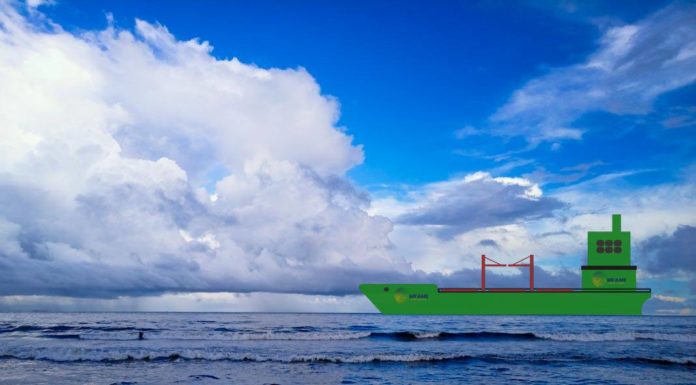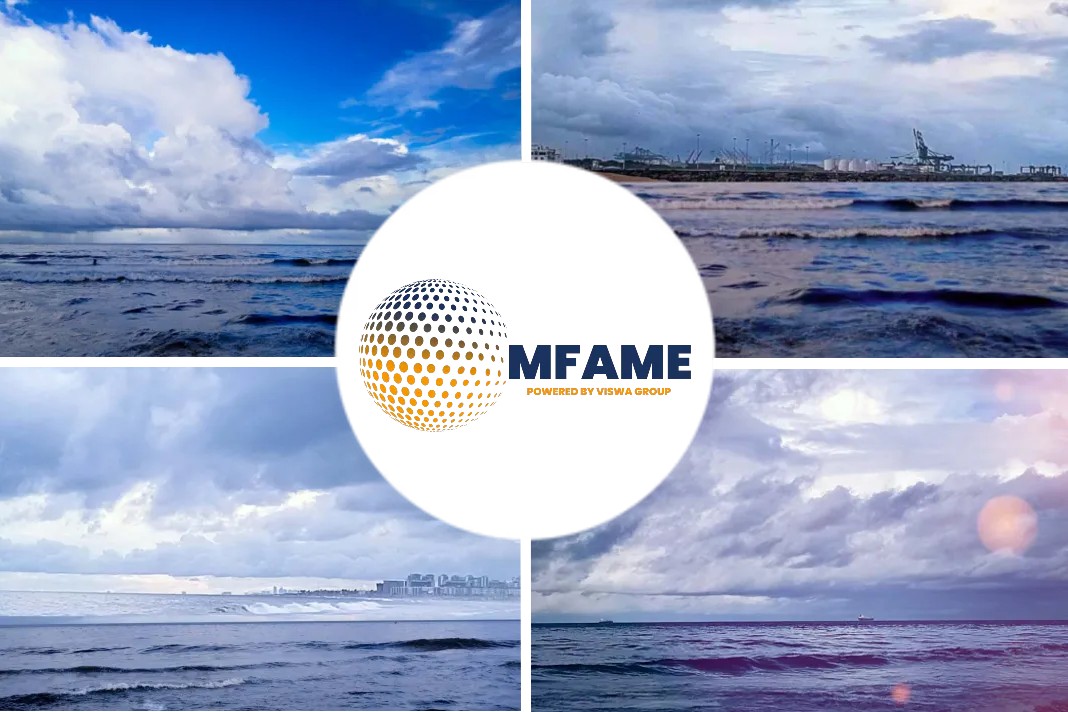- Dated Brent jumps to nine-month high.
- Momentum could be halted by new COVID-19 strain in UK.
- North Sea spot market gets more active.
The world’s physical oil markets are responding unevenly to the recent rally in crude futures, with a healthy dose of skepticism and sanguinity, reports Platts.
Rise in oil pries to prevail?
The divergent paths of some crudes and refined products has led some traders and analysts to question whether the 25% rise in oil prices over the past month can be sustained.
The Platts Dated Brent benchmark rose to over a nine-month high of $51.97/b on Dec. 18, but traders expect some resistance to the recovery this week.
Additional coverage
ICE Brent futures dipped below $50/b on Dec. 21 amid concerns that a new strain of the coronavirus in the UK could derail some of the momentum on the oil market.
Every bit of positive news – improving demand in Asia, euphoria around COVID-19 vaccines, reduced stock levels and improving refining margins — is matched by a large dose of wariness.
The fragility of the demand recovery, weighed down by the US and Europe; the levels of oil inventories that need to be cleared and the weakness in jet and gasoline continually raise questions over the oil market’s health.
But with almost all analysts predicting a stock draw in the first quarter of 2021, supported by the OPEC+ compromise on withholding its previous cut plans, the picture is more nuanced than just bullish or bearish.
“Global stocks have continued to draw and are now at roughly half of their peak level but are still 450 million barrels higher than at the start of the year,” Platts Analytics said in a recent research note. “With much of the remaining surplus in China or lower cost onshore tankage (e.g. Cushing), the market is long but no longer awash in excess oil.”
Strong spot demand
Demand in Asia, especially in India and China, can be termed as resurgent but in Europe and the US, it continues to lag.
Middle Eastern crudes are the strongest performers in the oil complex, with Asian refiners heavily favoring these heavy and medium sour crudes over other grades. But Dated Brent rallied at the end of the week on growing Asian demand.
The rally in spot premiums for Middle East crudes was starting to push some Asian refiners, especially from China and India, to opt for cheaper arbitrage barrels from the US, West Africa and the Mediterranean.
Barrels to storage
The Atlantic Basin crude market is also starting to strengthen. Spot demand in the North Sea has been robust in the past week, supported by a backwardated structure, which has encouraged traders to move barrels from storage.
The five crudes that make up the Dated Brent complex — Brent, Forties, Oseberg, Ekofisk and Troll — are finding homes globally, mainly in Europe and Asia, for December and January loadings.
Refiners in Asia are still very hungry for crude, while their European peers are starting to gradually whet their crude appetites, with traders expecting a steady increase in their runs in January.
The rally in West African crude differentials has slowed after a flurry of buying from Asia, notably India.
India’s largest state-owned refiner, Indian Oil Corporation, went on a binge-buying spree of sorts, buying almost 30 million barrels of West African loading in December and January. This is the most West African crude IOC has bought through monthly tenders this year, according to Platts estimates.
Mixed signs
The outlook in refined products is cloudier, however. Oil product cracks in Europe have been mixed but refining margins have improved marginally in the past month.
Outright prices of European distillates have reached nine-month highs, led higher by moves in the wider energy market.
Prompt physical distillate markets are looking balanced due to a lack of supply from refineries and imports, while lockdown restrictions have reduced prompt demand. But the picture for gasoline is gloomy as European demand remains subdued, with travel restrictions and renewed lockdowns across the continent.
Easing gasoline flows
Gasoline flows from Europe to the US and West Africa are also starting to ease, which does not bode well for the transport fuel.
So far in December, the Northwest European gasoline crack spread has averaged just over $1/b, dragged down by Europe-wide lockdown measures. The NWE gasoline crack averaged $5.48/b over the same period in 2019, S&P Global Platts data showed.
There has also been a deviation between outright NWE gasoline prices and the NWE front-month gasoline crack spread. This shows that despite an improvement in overall prices, gasoline’s demand outlook for early 2021 is not particularly promising.
The tussle between market sentiment and oil fundamentals is likely to get even more complex if this demand divergence between the West and Asia persists.
Did you subscribe to our daily newsletter?
It’s Free! Click here to Subscribe!
Source: Platts





















